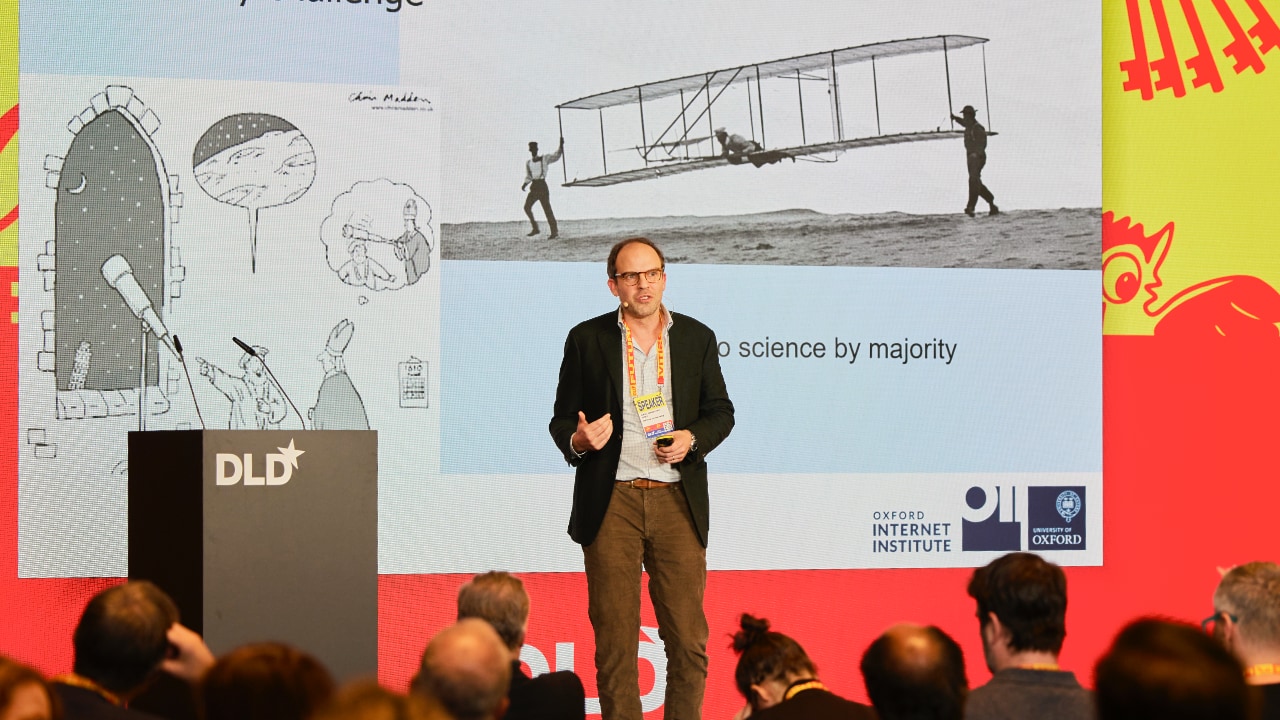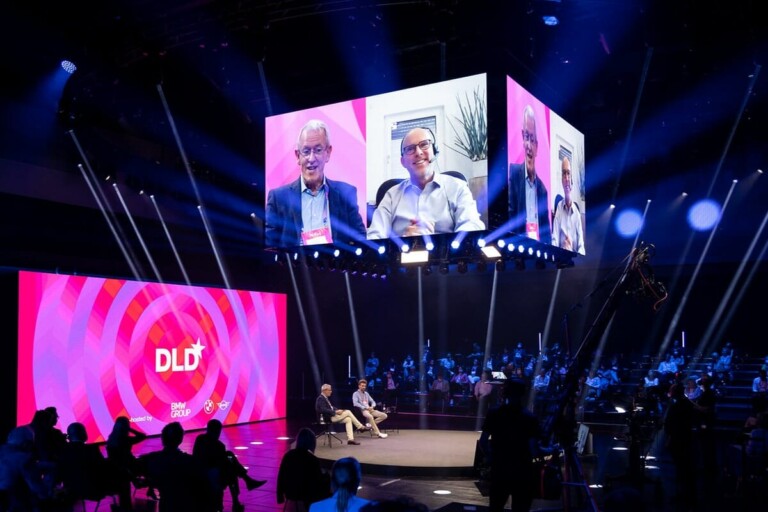If artificial intelligence is supposedly driving productivity, why is there such a puzzling disconnect between rapid technological advancement and stagnant economic growth? This question lies at the heart of Carl Benedikt Frey’s compelling DLD25 presentation.
“Stagnation is real and it’s happening”, the renowned University of Oxford researcher notes. “So the key question of our time is: how can we leverage AI to reverse course and make our economies grow again?”
The digital revolution, powered by Moore’s Law, led to “the greatest surge in patenting and innovation activity that the world has ever seen”, Frey observes. But this has not resulted in “the boom that a lot of people expected”,
“In fact, it takes 17 times as many engineers today to deliver Moore’s Law as it did back in 1982”, Frey notes. “And the stagnation that we’ve seen in computing is happening all across the board.”
Frey makes a crucial distinction between two types of technological advancement: automation versus innovation that creates entirely new possibilities. “All technologies are not created equal”, he explains, contrasting the automatic elevator that merely eliminated operators with the telescope that opened entirely new horizons to science and humanity.
The 20th century’s extraordinary economic growth, Frey contends, came not from automation but from breakthrough innovations like the internal combustion engine and electricity that created entirely new industries and job categories. In contrast, mere automation eventually “runs into diminishing returns”, Frey says, and can lead to social unrest, as seen during the first Industrial Revolution.
The computer revolution, meanwhile, has primarily focused on automating existing processes rather than creating new sectors of equivalent scale, leading to downward pressure on wages and social discontent.
Frey cautions against overestimating AI’s innovative capacity through a thought experiment: “Imagine an LLM in 1900 trying to predict whether humans would ever be able to fly”, he says. “Looking at the data, it would have concluded that no bird that weighs more than 30 pounds is actually able to get off the ground.”
Still, he remains optimistic about AI’s potential to support humans and take their skills to the next level. “AI can allow anybody to have research assistants in their pockets”, he notes – an ability that could spark innovation by lowering barriers to entry for human innovators.



